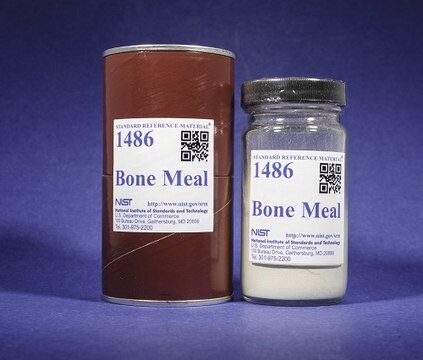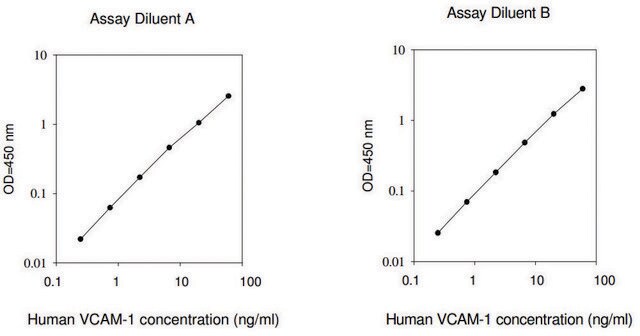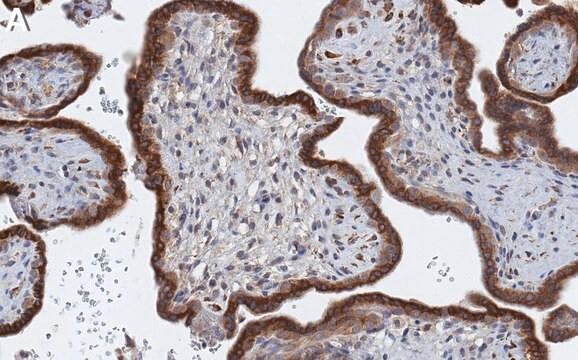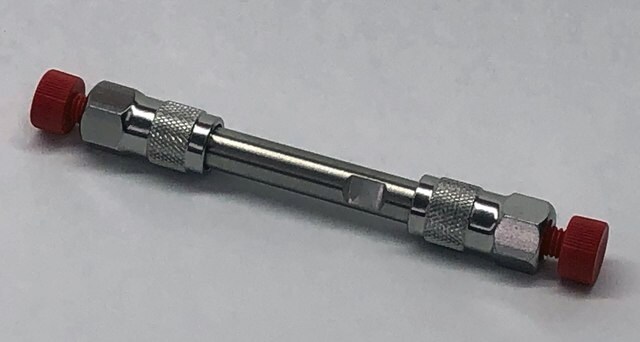Recommended Products
packaging
vial of ≥1X10⁶ cells
technique(s)
cell culture | mammalian: suitable
General description
The growing worldwide obesity epidemic has stimulated research into novel strategies to control and treat obesity and associated metabolic disorders. Great interest has been generated in brown fat, a specialized adipose tissue having increased energy expenditure, because manipulation of this tissue has potential to protect against diet-induced obesity by altering the balance of energy intake and consumption (1). In common with brown fat, beige adipocytes possess thermogenic mechanisms, but have the unique property of inducible differentiation. Beige adipocyte differentiation occurs within white adipose tissue in response to environmental cues and is characterized by cristae-dense mitochondrial biogenesis and increased expression of uncoupling protein 1 (UCP1) (2).
The IngWAT mouse immortalized preadipocyte cell line is derived from subcutaneous white adipose tissue (WAT) isolated from a wild-type mouse (2). IngWAT cells have been shown to support the induction of beige adipocytes and express UCP1.2 IngWAT mouse immortalized preadipocyte cells are a versatile model for a broad spectrum of studies of beige adipocyte induction, maintenance and physiology.
References:
1. Cui XB, Chen SY (2016) White adipose tissue browning and obesity. 31(1): 1-2.
2. Lu X et al. (2018) Mitophagy controls beige adipocyte maintenance through a Parkin-dependent and UCP1-independent mechanism. Sci Signal 11(527): eaap8526.
The IngWAT mouse immortalized preadipocyte cell line is derived from subcutaneous white adipose tissue (WAT) isolated from a wild-type mouse (2). IngWAT cells have been shown to support the induction of beige adipocytes and express UCP1.2 IngWAT mouse immortalized preadipocyte cells are a versatile model for a broad spectrum of studies of beige adipocyte induction, maintenance and physiology.
References:
1. Cui XB, Chen SY (2016) White adipose tissue browning and obesity. 31(1): 1-2.
2. Lu X et al. (2018) Mitophagy controls beige adipocyte maintenance through a Parkin-dependent and UCP1-independent mechanism. Sci Signal 11(527): eaap8526.
Cell Line Description
Adipocytes
Application
- Each vial contains ≥ 1X10⁶ viable cells.
- Cells are tested negative for infectious diseases by a Mouse Essential CLEAR panel by Charles River Animal Diagnostic Services.
- Cells are verified to be of mouse origin and negative for inter-species contamination from rat, chinese hamster, Golden Syrian hamster, human and non-human primate (NHP) as assessed by a Contamination CLEAR panel by Charles River Animal Diagnostic Services.
- Cells are negative for mycoplasma contamination.
Storage and Stability
Store in liquid nitrogen. The cells can be cultured for at least 10 passages after initial thawing without significantly affecting the cell marker expression and functionality.
Other Notes
This product is intended for sale and sold solely to academic institutions for internal academic research use per the terms of the “Academic Use Agreement” as detailed in the product documentation. For information regarding any other use, please contact licensing@emdmillipore.com.
Disclaimer
- This product contains genetically modified organisms (GMO). Within the EU GMOs are regulated by Directives 2001/18/EC and 2009/41/EC of the European Parliament and of the Council and their national implementation in the member States respectively. This legislation obliges Merck to request certain information about you and the establishment where the GMOs are being handled. Clickhere for Enduser Declaration (EUD) Form.
- Unless otherwise stated in our catalog or other company documentation accompanying the product(s), our products are intended for research use only and are not to be used for any other purpose, which includes but is not limited to, unauthorized commercial uses, in vitro diagnostic uses, ex vivo or in vivo therapeutic uses or any type of consumption or application to humans or animals.
Storage Class Code
6.2 - Infectious substances
WGK
WGK 1
Flash Point(F)
Not applicable
Flash Point(C)
Not applicable
Certificates of Analysis (COA)
Search for Certificates of Analysis (COA) by entering the products Lot/Batch Number. Lot and Batch Numbers can be found on a product’s label following the words ‘Lot’ or ‘Batch’.
Already Own This Product?
Find documentation for the products that you have recently purchased in the Document Library.
Our team of scientists has experience in all areas of research including Life Science, Material Science, Chemical Synthesis, Chromatography, Analytical and many others.
Contact Technical Service






